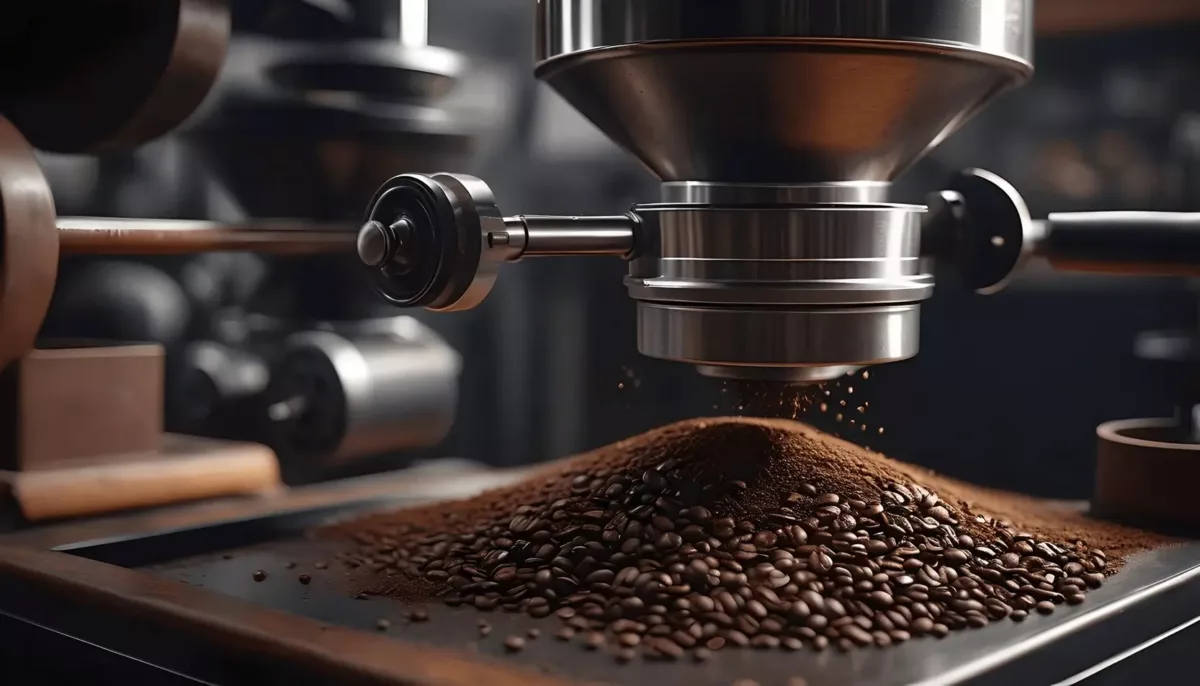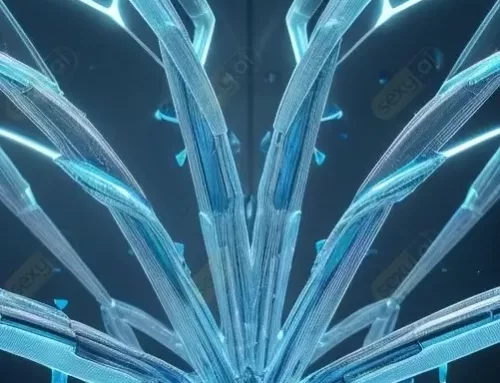
Researchers have discovered that adding water during coffee grinding reduces static electricity, resulting in improved flow dynamics and potentially different taste profiles. The study, led by Dr. Christopher Hendon at the University of Oregon, found that internal moisture content significantly influences the static charge during grinding. The addition of water not only minimizes mess but also enhances the intensity and concentration of flavors in the brewed coffee. This breakthrough could have significant economic implications for the $343.2 billion coffee industry.
Key Findings:
1. Grinding coffee generates static electricity due to fracturing and rubbing, impacting industrial coffee production.
2. The amount of charge is influenced by roast profile, internal moisture content, and grind coarseness.
3. Water addition during grinding reduces static electricity, resulting in less clumping and improved flow dynamics.
4. Dark roast coffees produce finer particles and more overall charge compared to light roasts.
5. Grinding with water leads to longer extraction times and stronger brews in espresso formats.
6. The benefits extend beyond espresso to other brewing methods where water is involved, such as pour-over systems.
Implications:
1. The discovery can lead to cost savings and improved quality by achieving higher concentrations of favorable flavors.
2. For espresso, the addition of water during grinding allows for denser packing, overcoming clumping issues and ensuring consistency between shots.
This research offers valuable insights into the coffee industry’s production processes, potentially revolutionizing the way coffee is ground and brewed for enhanced taste and quality.
Source: Moisture Controls Fracto- and Triboelectrification During Coffee Grinding




